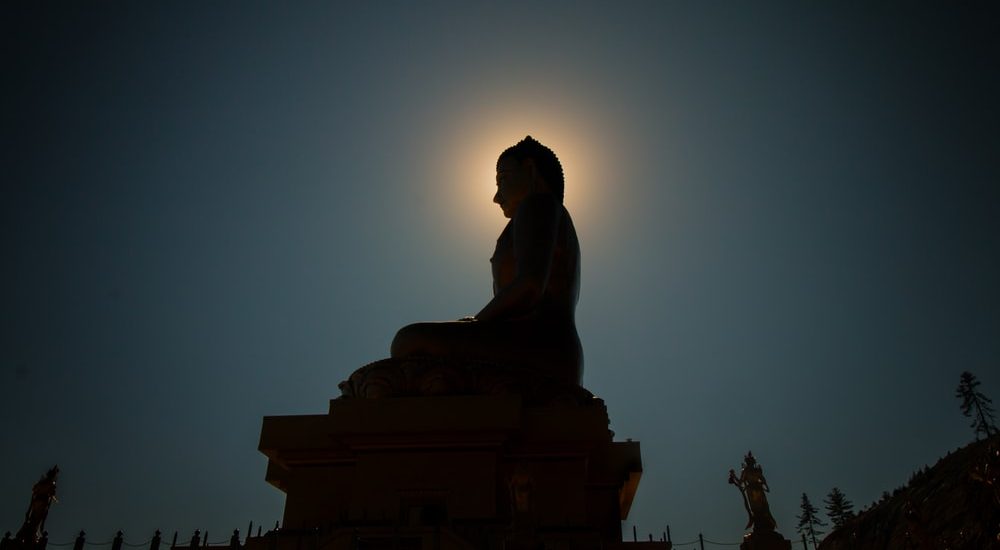As a teen, I’d occasionally suffer from intense stomachaches, as result of food allergies or physiological imbalances in the body.
Witnessing my battles with stomach pain, my father gave me specific instructions for how to find ease, even though I felt my body was under relentless attack.
“When you feel pain, breathe as deeply and as slowly as you can. Make yourself comfortable.”
After hearing his advice and learning how to apply it, my next bout with stomach difficulties was significantly more manageable.
There was even a peculiar sense of well-being that came from the breath flowing energetically through the body, amid the abdominal pain.
Several years later, I began my meditation practice in earnest and was surprised to receive similar breathing advice from my teacher.
When you’re first starting to meditate, you’ll face many obstacles.
Inevitability, if you wish to commit to the practice, the primary difficulty that you’ll encounter is physical pain. There is no running away from it.
In fact, my teachers have said that understanding this form of pain is one of the most direct ways to understand what the Buddha meant by dukkha. This is because physical pain is an experience that we’ve been intimately familiar with since birth.
Bodily affiliations cut through the philosophical or intellectual understanding of dukkha that can lead us astray.


